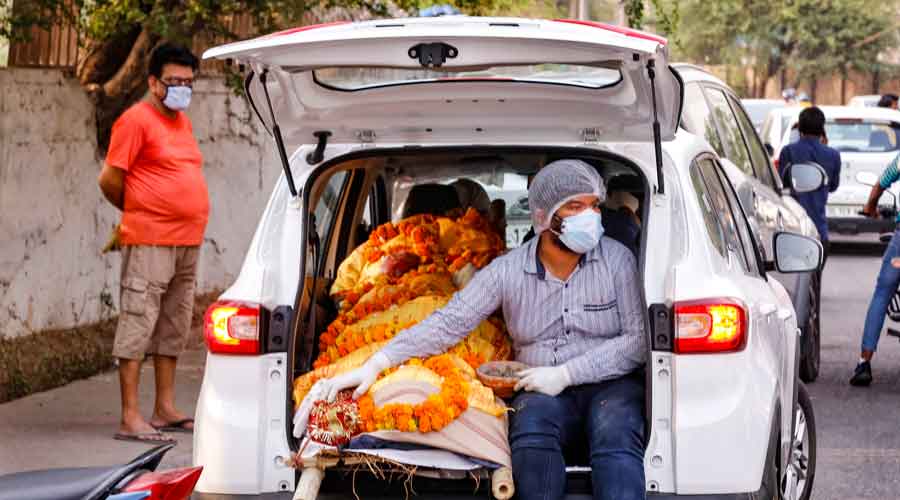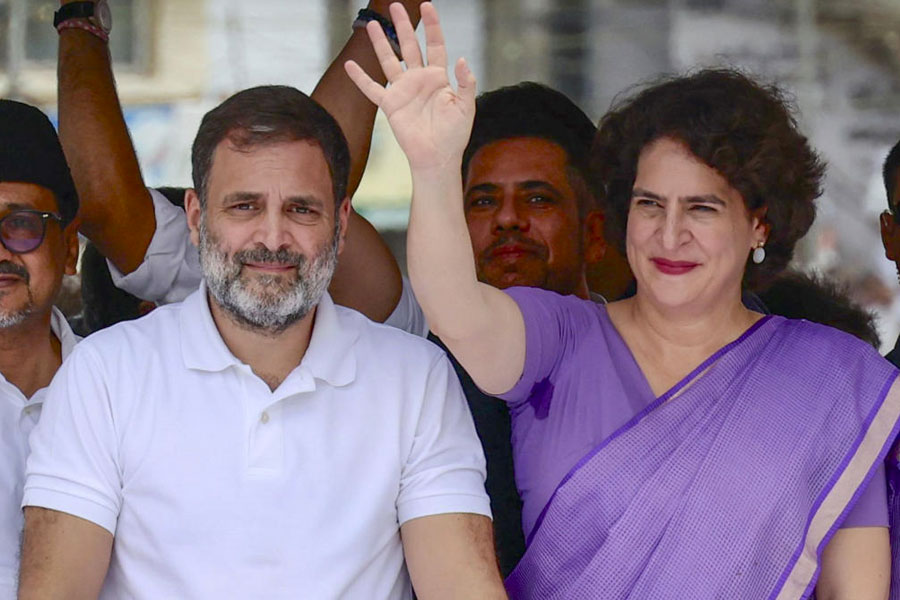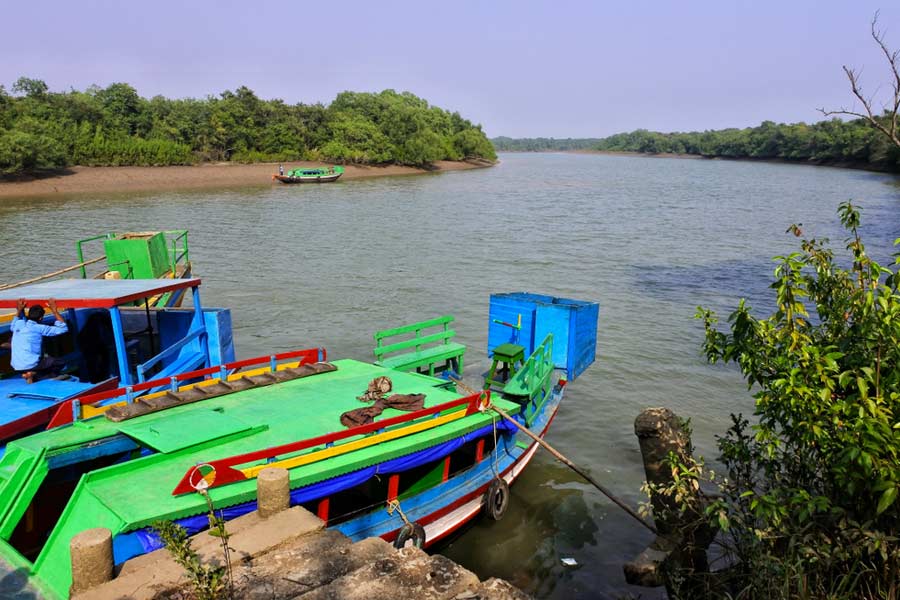A forum of scientific advisers set up by the Indian government warned officials in early March of a new and more contagious variant of the coronavirus taking hold in the country, five scientists who are part of the forum said.
Despite the warning, the Centre did not seek to impose major restrictions to stop the spread of the virus. Millions of largely unmasked people attended religious festivals and political rallies that were held by Prime Minister Narendra Modi and other leaders.
The warning about the new variant in early March was issued by the Indian SARS-CoV-2 Genetics Consortium, or Insacog. It was conveyed to a top official who reports directly to the Prime Minister, according to one of the scientists who spoke on the condition of anonymity. Reuters could not determine whether the Insacog findings were passed on to Modi.
Modi’s office did not respond to a request for comment from Reuters.
Insacog was set up as a forum of scientific advisers by the government in late December specifically to detect genomic variants of the coronavirus that might threaten public health.
Insacog researchers first detected B.1.617, which is now known as the Indian variant of the virus, as early as February, Ajay Parida, director of the government-run Institute of Life Sciences and a member of Insacog, told Reuters.
Insacog shared its findings with the health ministry’s National Centre for Disease Control (NCDC) before March 10, warning that infections could quickly increase, the scientist who spoke on condition of anonymity said. The findings were then passed on to the health ministry, this person said. The ministry did not respond to requests for comment.
Around that date, Insacog began to prepare a draft media statement for the health ministry. A version of that draft, seen by Reuters, set out the forum’s findings: the new Indian variant had two significant mutations, and it had been traced in 15 to 20 per cent of samples from Maharashtra, the worst-affected state.
The draft statement said that the mutations, called E484Q and L452R, were of high concern. It said “there is data of E484Q mutant viruses escaping highly neutralising antibodies in cultures, and there is data that L452R mutation was responsible for both increased transmissibility and immune escape”.
In other words, this meant mutated versions of the virus could more easily enter a human cell and counter a person’s immune response to it.
The ministry made the findings public on March 24, when it issued a statement to the media that did not include the words “high concern”. The statement said only that more problematic variants required increased testing and quarantine.
Asked why the government did not respond more forcefully, for example by restricting large gatherings, Shahid Jameel, chair of the scientific advisory group of Insacog, said: “I am worried that science was not taken into account to drive policy. But I know where my jurisdiction stops. As scientists we provide the evidence, policymaking is the job of the government.”
The scientist who spoke on condition of anonymity told Reuters the draft media release was sent to the most senior bureaucrat in the country, cabinet secretary Rajiv Gauba, who reports directly to the Prime Minister. Reuters was unable to learn whether Modi was informed of the findings. Gauba did not respond to a request for comment.
The government took no steps to prevent gatherings that might hasten the spread of the new variant, as new infections quadrupled by April 1 from a month earlier. Election rallies continued.
Insacog reports to the NCDC in New Delhi. NCDC director Sujeet Kumar Singh recently told a private online gathering that strict lockdown measures had been needed in early April, according to a recording of the meeting reviewed by Reuters. “The exact time, as per our thinking, was 15 days before,” Singh said.
Singh did not say at the meeting whether he warned the government directly of the need for action at that time. He declined to comment to Reuters. Singh told the April 19 gathering that more recently, he had relayed the urgency of the matter to government officials.
“It was highlighted very, very clearly that unless drastic measures are taken now, it will be too late to prevent the mortality which we are going to see,” said Singh, referring to a meeting on April 18.
The need for urgent action was also expressed the week before by the National Task Force for Covid-19, a group of 21 experts and government officials set up last April to provide scientific and technical guidance to the health ministry on the pandemic. It is chaired by V.K. Paul, Modi’s top coronavirus adviser.
The group had a discussion on April 15 and “unanimously agreed that the situation is serious and that we should not hesitate in imposing lockdowns”, said one scientist who took part. Reuters could not determine if Paul relayed the group’s conclusion to Modi. Paul did not respond to a request for comment from Reuters.
Modi addressed the nation on April 20, arguing against lockdowns. “We have to save the country from lockdowns. I would also request the states to use lockdowns as the last option,” Modi said.












